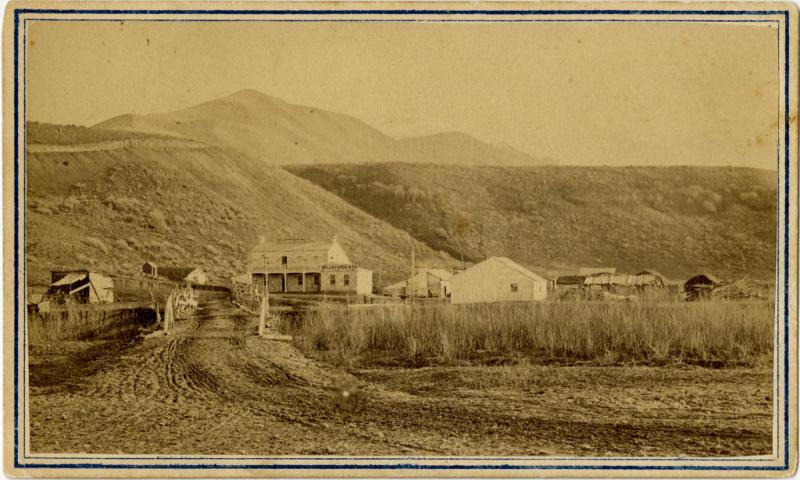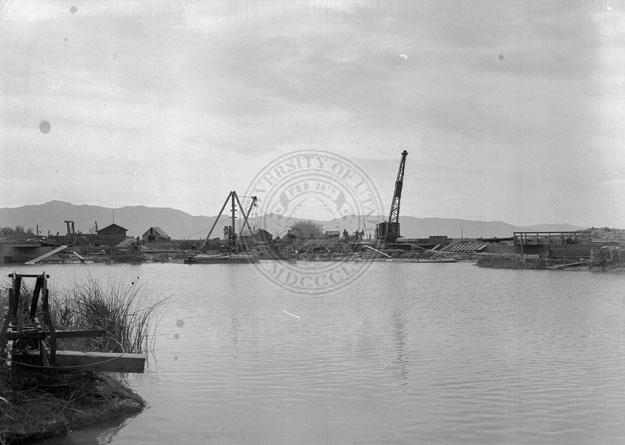Bear River
The Bear River is the largest inflow to the Great Salt Lake, supplying more than half of its fresh water. Western Shoshone peoples called it Kui-o-gwa. Rising in the Uinta Mountains, the Bear flows 350 miles through southwestern Wyoming, southeastern Idaho, and Northern Utah, to enter the Lake on the northeastern side of the south arm. It is the longest River in North America that does not reach the sea. The River is the homeland of Shoshone peoples, although Euro-American fur traders were drawn to the Bear in the 19th Century because of its abundance of beaver. The California and Oregon emigration trails followed the River north out of Wyoming and towards Fort Hall. On January 23rd 1863 the River became the namesake of the Bear River Massacre, where more than 400 Shoshone men, women and children were slaughtered by United States Army soldiers under the command of Patrick Edward Connor. Farmers in the Bear River Valley found some success in the closing days of the 19th Century growing sugar beets, and since then The Valley has proven to be agriculturally productive. The bottom ten miles of the River and its delta is protected today as the Bear River Migratory Bird Refuge.




